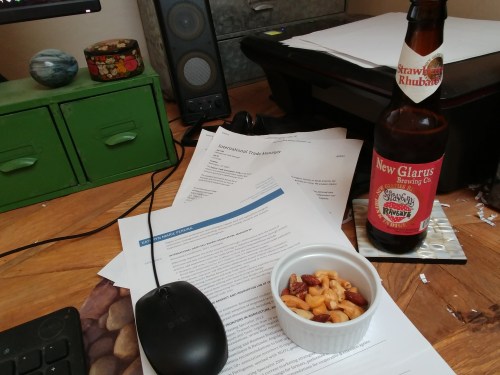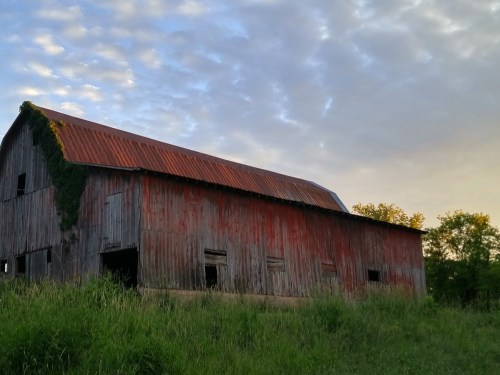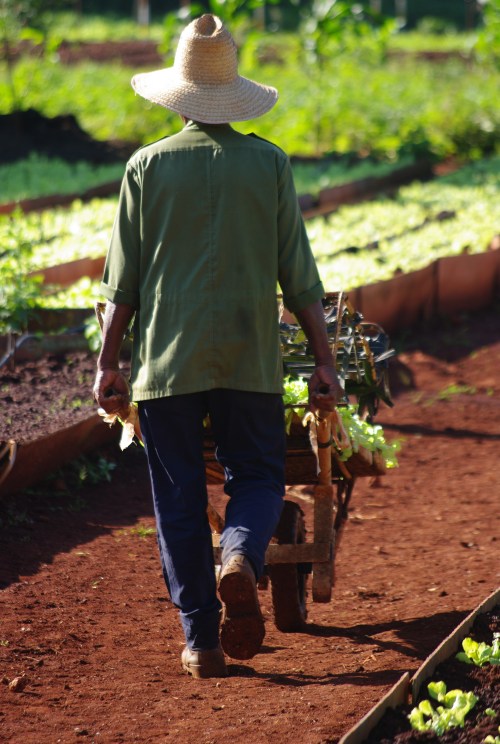Really? It is? Agriculture can’t be trendy. Urban agriculture is like a Pet Rock only around for a single Christmas season? As I see it trends are things that have no business existing like those super baggy extra low riding pants that just don’t seem to go away or like rare pork. I am not trendy. How can something I am passionate about be trendy?

My favorite summer fruits, all locally grown. Are they trendy?
My thoughts ticked like a news feed during a July 2011 trip to NYC where I met enthusiastic 15 year old girls from Brooklyn Tech completing their required volunteer service hours Added Value Community Farm in Red Hook, 20-something hipsters organizing crop mobs, and 30-something families with CSA shares. I ate at restaurants advertising and featuring local produce. In Edilble Brooklyn I read that Eat Local Brooklyn Week had taken place in June. I enjoyed harvesting and eating strawberries with my niece on my brothers’ rooftop garden and discussed the potential of vertical farming with the adults.

Onions for sale in Madison, Wisconsin
When I told New Yorkers in addition to visiting my brother I was there to investigate urban agriculture in Brooklyn the usual response was “Oh, that’s so trendy now”. Some said it as fact, others with distain, others as if I was passé for investigating an over done subject. Unfortunately, as often happens when I’m around kids, I caught a bad chest cold and my investigations slowed, but for the past year I’ve been mulling over the implications of urban agriculture as trendy- is it good or is it bad?

Added Value Community Farm, Red Hook Brooklyn and, yes, that is an Ikea store across the street.
Most trends fade away and some may even disappear overnight as followers are distracted by the next shiny thing. Trend followers are attracted by what is cool, hip and in the moment. A quick search on Google on “Is Urban Agriculture Trendy” brought up numerous recent results from the US and Canada referring to urban agriculture as trendy. This article in the San Francisco Chronicle from June 2011, Meet the Farmer Next Door, caused a stir and many comments disparaging urban agriculture, hippies and trends.
One of the featured farmers, Esperanza Pallana, from Pluck and Feather Farm in Oakland seemed as puzzled as I and wrote on her blog with “it is hard to be trendy with growing and raising your food because it requires so much labor to keep it going”. This perfectly explains my gut churning reaction to the claim “urban agriculture is trendy”. Without vision, commitment and perseverance your farm will fail. Any farmer will tell you this. Any person who grew up on a farm knows this as well. Trends and the people who follow them come and go. Farms and farmers do not.

Added Value Farm in Brooklyn sits on a concrete slab, which was covered with enough top soil for growing vegetables.
But it wasn’t just my gut reacting. From what I witnessed urban agriculture in Brooklyn has grown rapidly in order to meet the trend generated demand and has perhaps suffered for it. Produce at a co-op, a farm and in a CSA box just did not meet my quality standards. The systems and quantity of produce being harvested at an urban farm also did not meet my expectations. Unfortunately it seems that people have jumped on the bandwagon so fast that their farming skills have not yet caught up and reached the level that we have here in Wisconsin.

Beautiful beets from Harmony Valley Farm at the Dane County Farmers’ Market- Madison Wisconsin
On the other hand how can urban agriculture be trendy when it is not really a new idea? Do all trends need to be new ideas? Immigrant populations in cities have always kept gardens. Growing up in Chicago in the 70’s my family had a community garden plot. In World War II families, both urban and rural, had Victory Gardens. In 2005 I visited massive urban gardens in Warsaw.

Family community garden plots in Warsaw often include a summer kitchen- practical, not trendy.

Such a surprise to find this oasis in the middle of a very large city- Warsaw, Poland.
Some say it is merely the term “urban agriculture’ that is new. Yet I think the term ‘urban agriculture’ is used to promote a paradigm shift. Can we change the way we eat? Can we increase our knowledge of where our food comes from? Can we reduce the amount of fossil fuels used in food production? Can we create new jobs in cities? Can we eliminate food deserts? I would hate it if urban agriculture were simply a trend and my city-born niece’s only exposure to agriculture was her roof top garden. My niece is fortunate to have parents who value organic produce and raise a few vegetables on their roof. I, too, was lucky to have parents raised with Victory Gardens and an interest in food. Not everyone is so lucky. Once while farming in New Hampshire a childhood friend from Chicago and his New York city-raised wife came to visit. The wife, with an MBA from Columbia University, had no idea how to identify the vegetables growing in the field. Her joy in picking her first carrot is something I’ll never forget. I’ll also never forget her husbands face as she asked “where is the carrot?” when I was pointing out a row of carrots and then exclaimed “so they grow underground?” We all learned something that day.

My niece enjoying her carrot harvest at Added Value Community Farm- Brooklyn, New York
So it is clear to me that one good thing about trends is that provide a wide range of exposure. Michelle Obama created a White House Kitchen Garden. Celebrity chef Jamie Oliver attempted to push local healthy foods into schools on his reality tv show Food Revolution, which won an Emmy for Outstanding Reality Program. Although the show was cancelled Jamie Oliver continues his work through his foundation, Jamie’s Food Revolution. Here in Madison community gardens are thriving, with Troy Gardens even operating a CSA farm onsite. Growing Power and Will Allen have helped to start Badger Rock Middle School, Mad City Chickens have changed laws so that people can raise back yard chickens, and this year I bought a CSA honey share from Mad Urban Bees.

Part of my July 2012 honey share from Mad Urban Bees- Madison, Wisconsin
With so much going on how can trends not play a major role in opening people’s eyes and minds to new ideas, products, and places. Sometimes trends initiate positive change? If urban agriculture had been trendy in NYC when my friend was growing up she most certainly would have known how carrots grew. The more people know about agriculture the more they will appreciate and value good food and the work farmers do. The more good food people eat the healthier they will be and the lower our cost of health care. So a year after being hit upside the head with the idea that urban agriculture is “just a trend” I’ve convinced myself that it is okay to be trendy and that there are too many committed people working to move urban agriculture forward in order for it to not to continue to grow and thrive.

High school students learning about farming at Added Value Community Farm in Brooklyn, New York

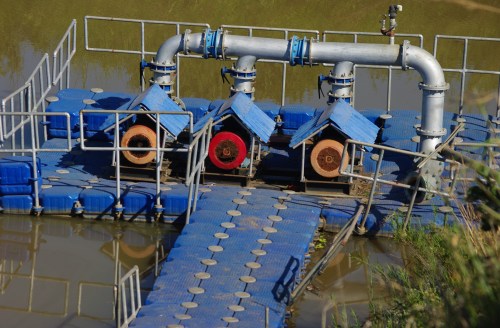
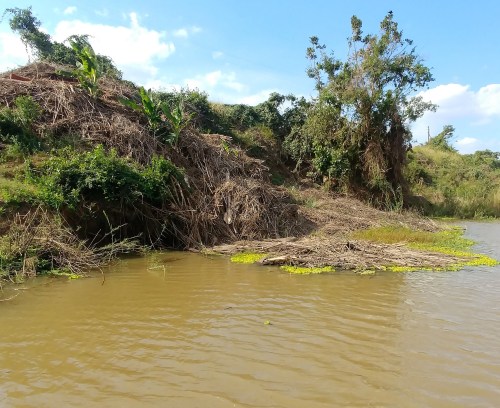
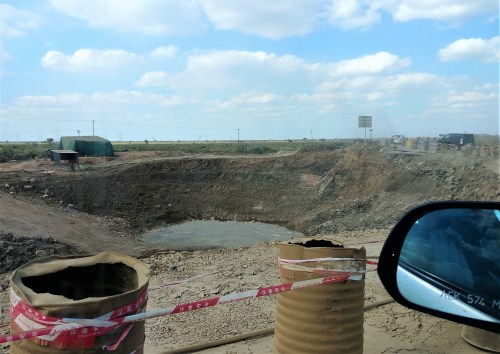
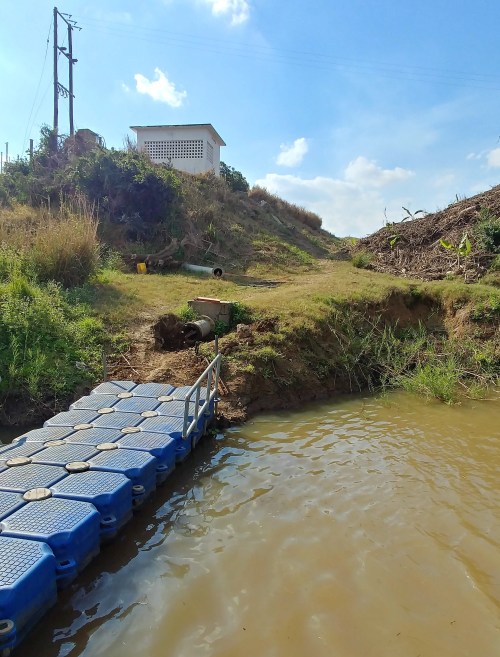


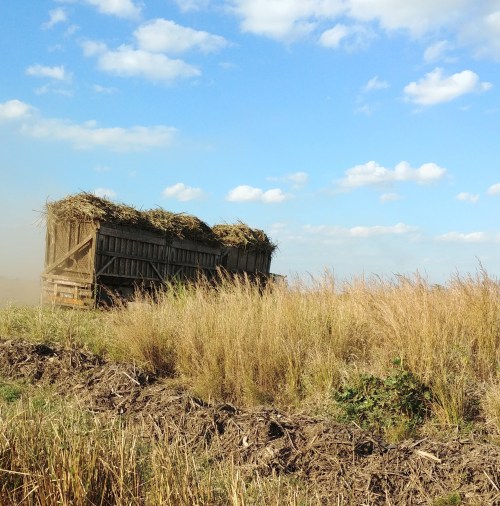
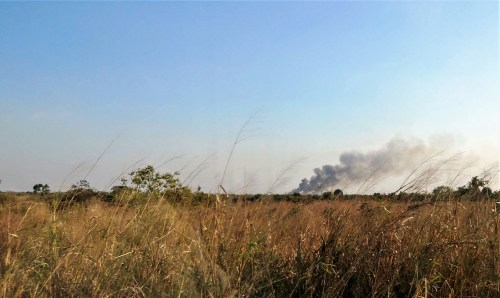
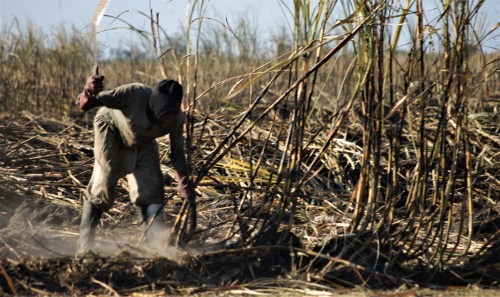 A typical worker earns 250 mt ($4) each day. These are the people who feed the world’s sugar habit, allowing us a cheap burst of pleasure and comfort.
A typical worker earns 250 mt ($4) each day. These are the people who feed the world’s sugar habit, allowing us a cheap burst of pleasure and comfort.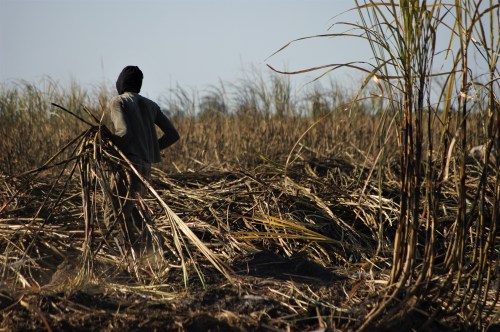 Remember them the next time you drink a soda or consume your favorite sweet treat. Express gratitude and respect.
Remember them the next time you drink a soda or consume your favorite sweet treat. Express gratitude and respect.
